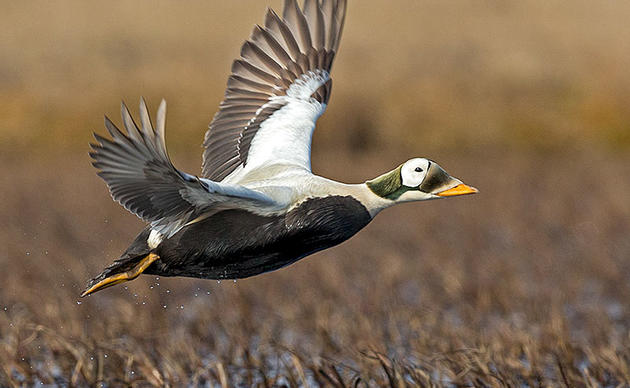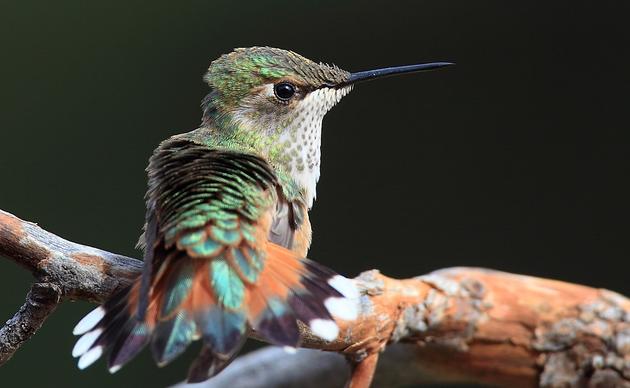In response to increasing pressure to drill for oil and other development threats to America’s Arctic in Alaska, the National Audubon Society has launched a campaign to highlight the urgency of protecting America’s great natural heritage in the far north. Actress and American Birding Association (ABA) board member Jane Alexander joins Audubon and the ABA this month in raising awareness of both the abundance and fragility of America’s Arctic in the “Raise Your Voice for Arctic Birds” campaign.
Responding to a recent New York Times story on Shell’s intensive lobbying efforts to drill offshore of Alaska, Audubon President and CEO David Yarnold wrote in a letter to the Times, “[Experts] say the industry is not prepared to drill safely in Arctic waters…. America’s Arctic is a national treasure.”
America’s Arctic in Alaska contains some of the planet’s largest remaining pristine landscapes and wildlife habitats, but as several recent news reports indicate, it is on the verge of becoming the next new frontier for escalating oil drilling and other development. Such development threatens not only polar bears and great herds of caribou but also millions of birds that breed and nest there during the brief summer window.
Each year, millions of birds of more than 200 species journey to the Arctic to raise their young or fuel up for migration. As a “headwaters” of the migratory flyways of the Americas, few places on earth are as critical to the protection of birds. Audubon uses science to identify and protect the most critical places for birds that rely on the Arctic.
Home to the Arctic National Wildlife Refuge and vast Arctic wetlands, the region is vital for shorebirds, waterfowl and other birds that winter in the continental United States. These include Tundra Swans that winter on the Chesapeake Bay and Brant, a goose that winters along the Pacific Coast south as far south as Mexico.
Birds from other continents converge in Alaska to breed as well. A small songbird called the Northern Wheatear – a long-distance flier of Olympic proportions – puts a feathered face to the importance of conserving the Alaskan wilderness. This little masked bird, which weighs less than an ounce, raises its family in Alaska, then wings 9,000 miles to winter in sub-Saharan Africa. The wheatear could not survive such an extraordinary journey without healthy habitat for feeding, nesting and resting in its Alaska summer home.
For more information on this critical Arctic frontier and efforts to preserve it, National Audubon Society can put you in touch with one of our experts in science or public policy. You also can find extensive resources at www.AudubonAlaska.org.



